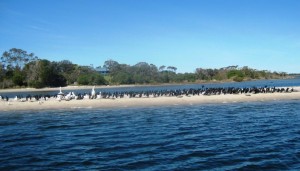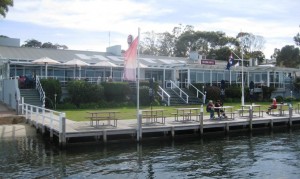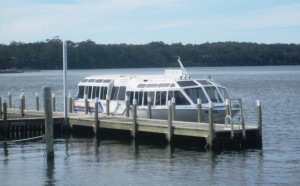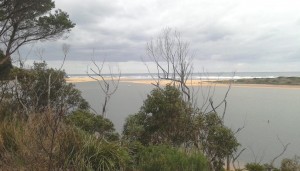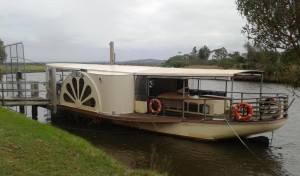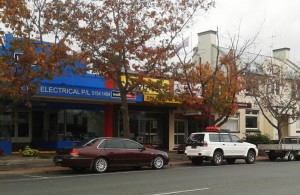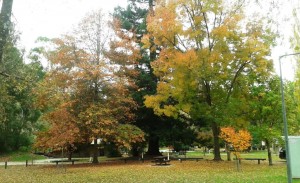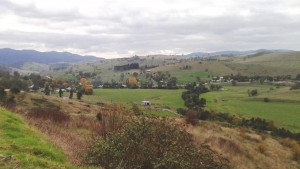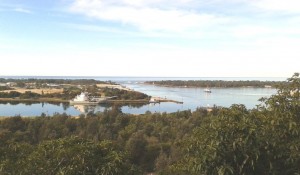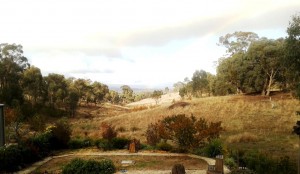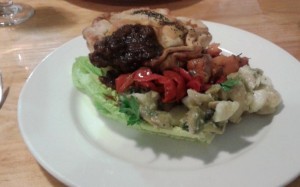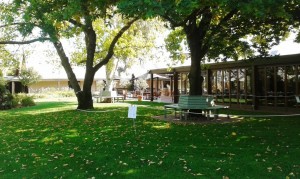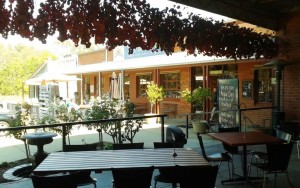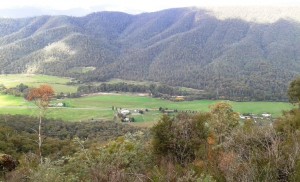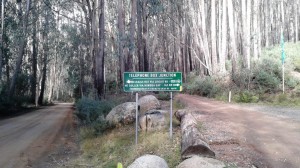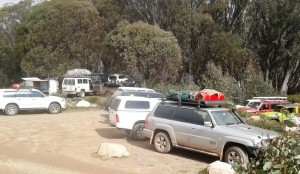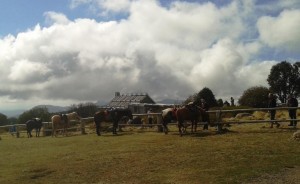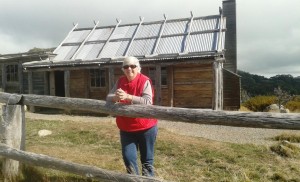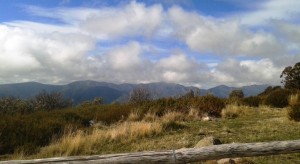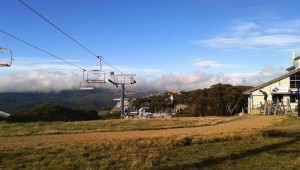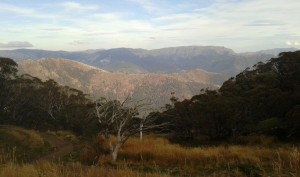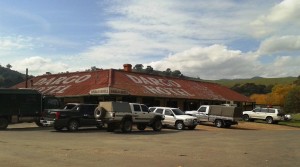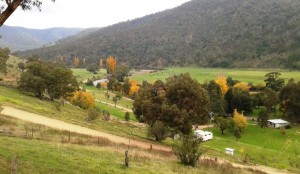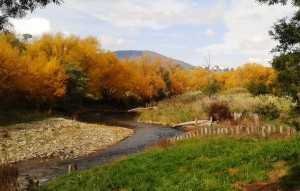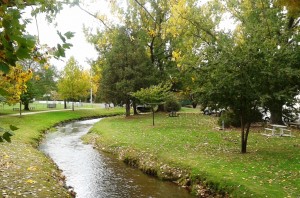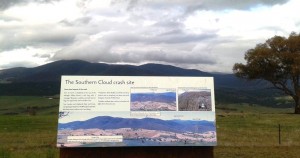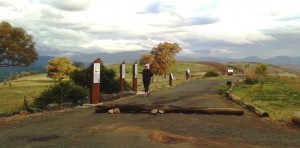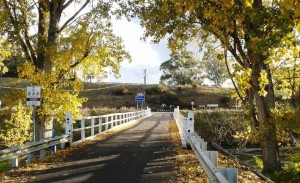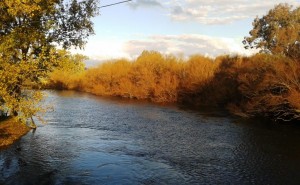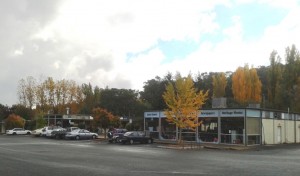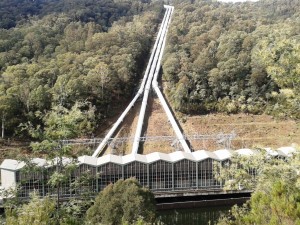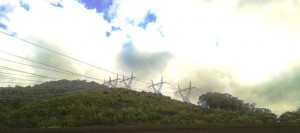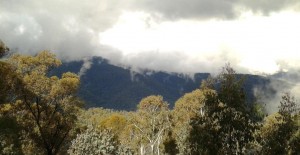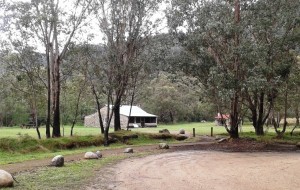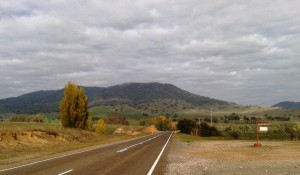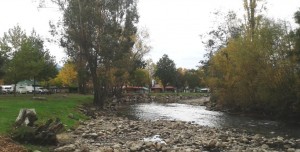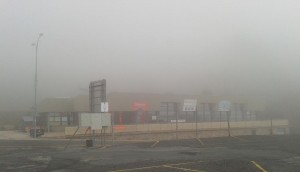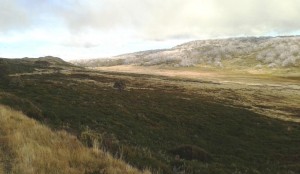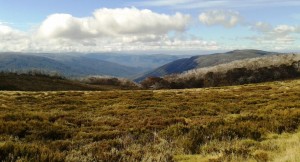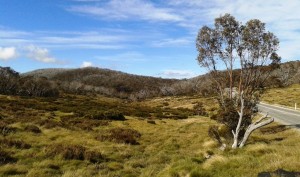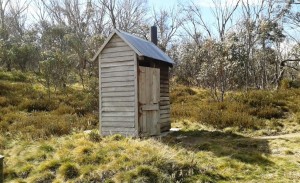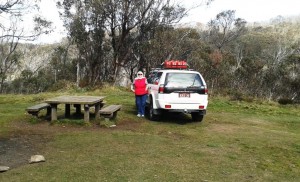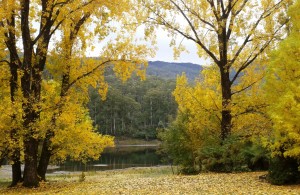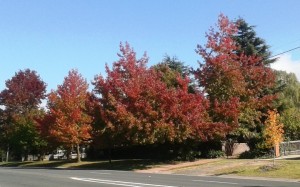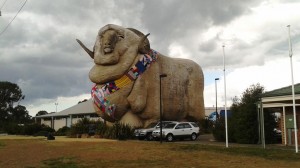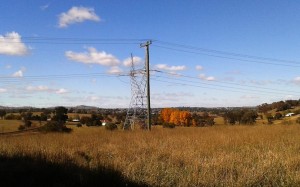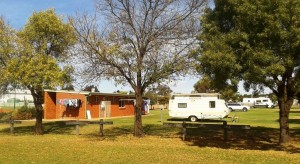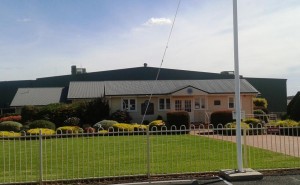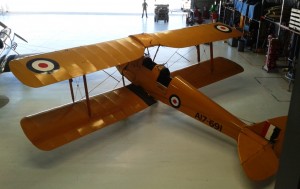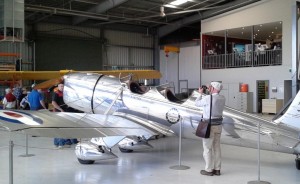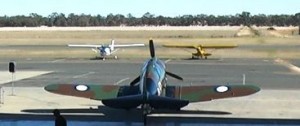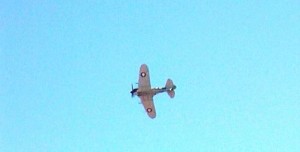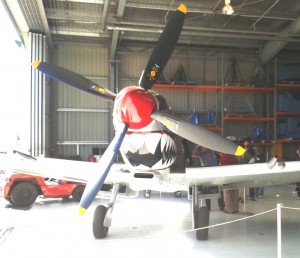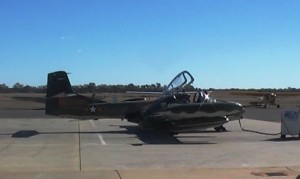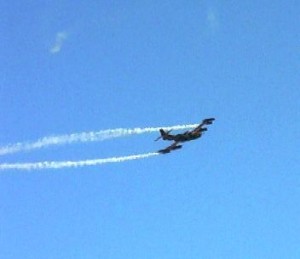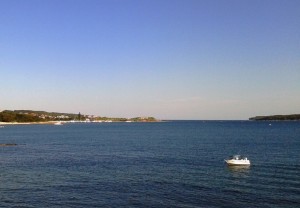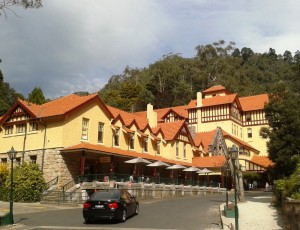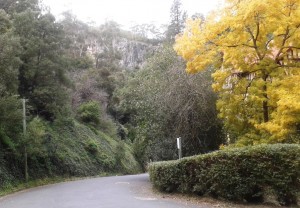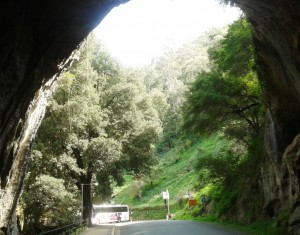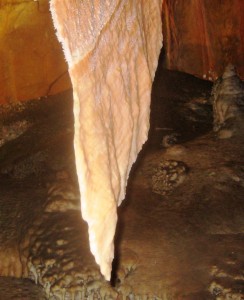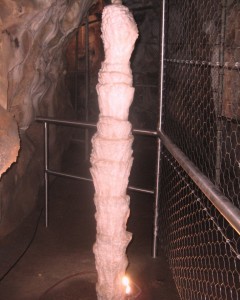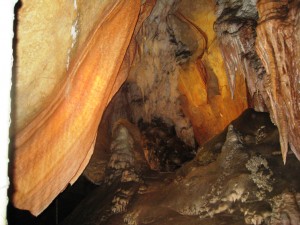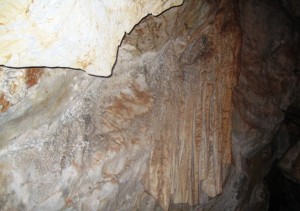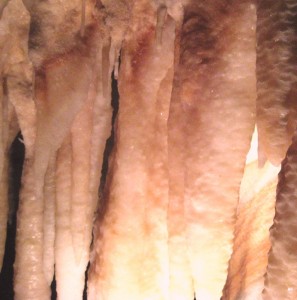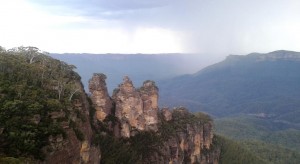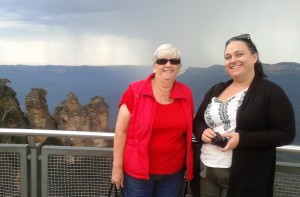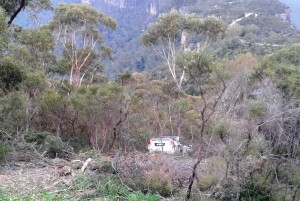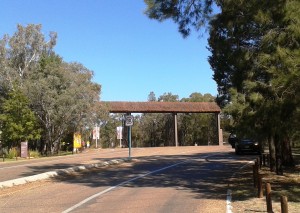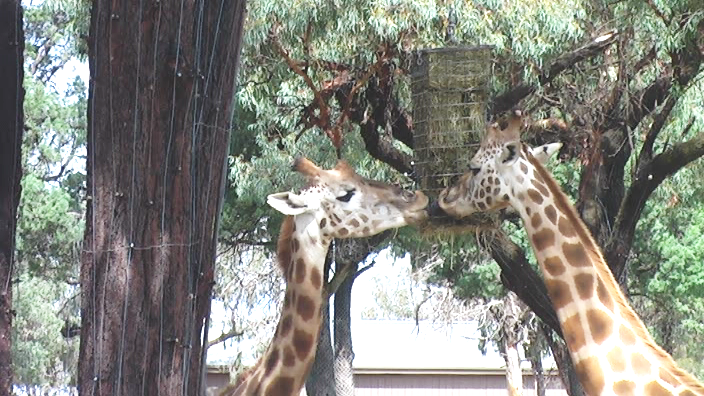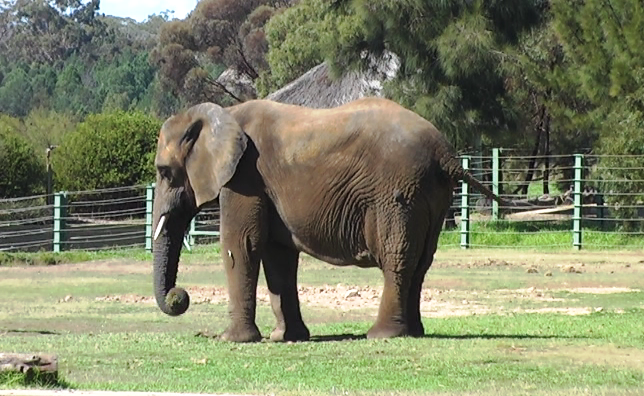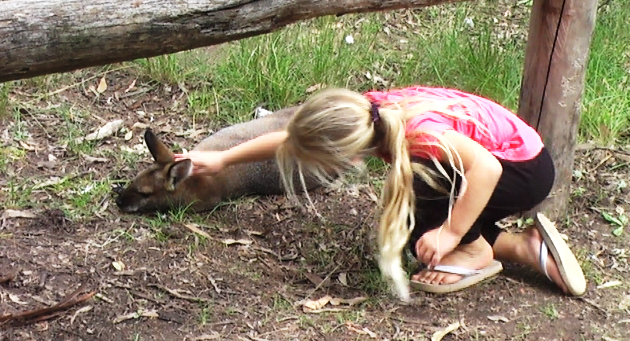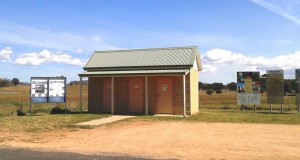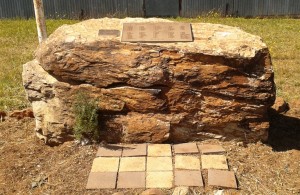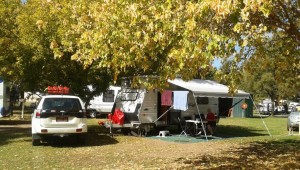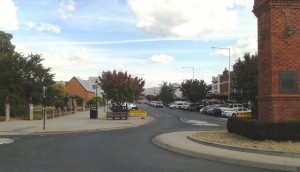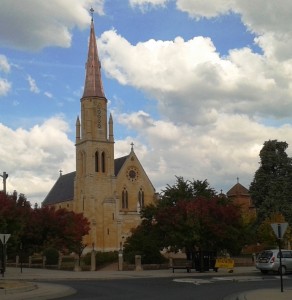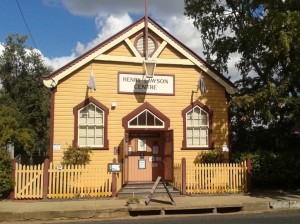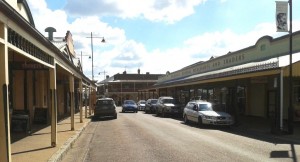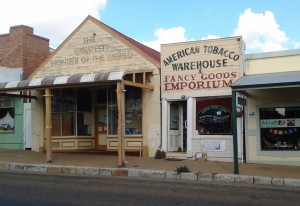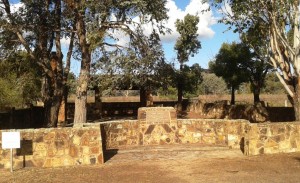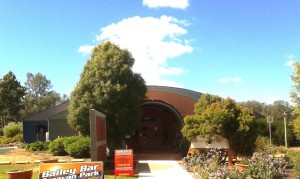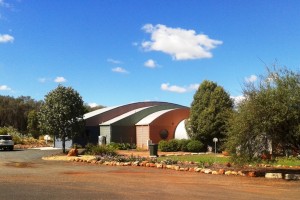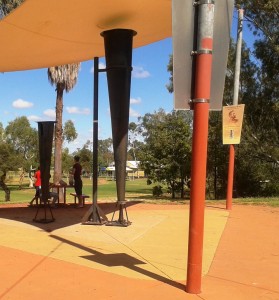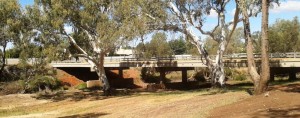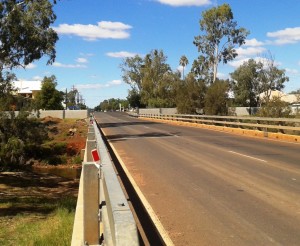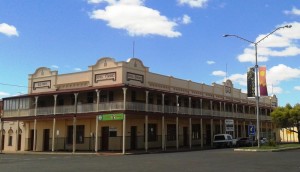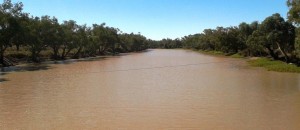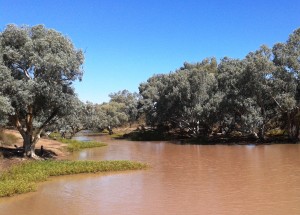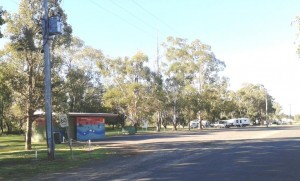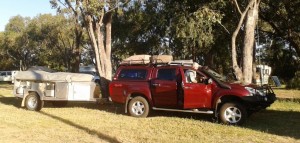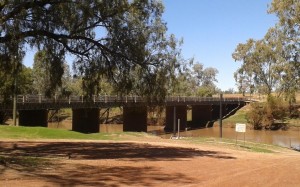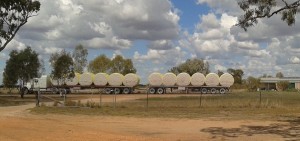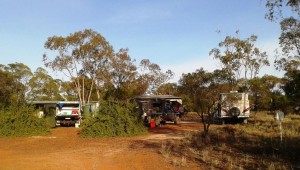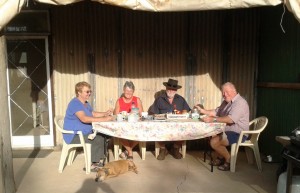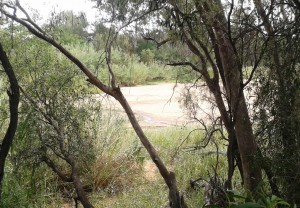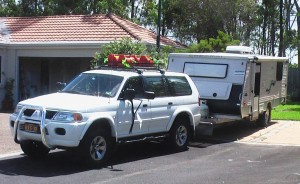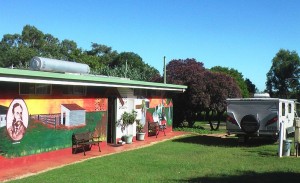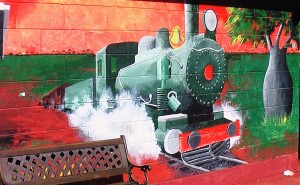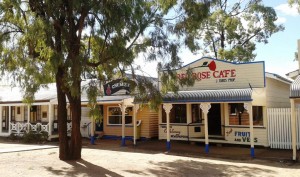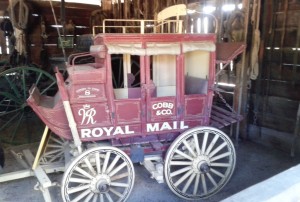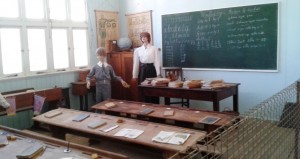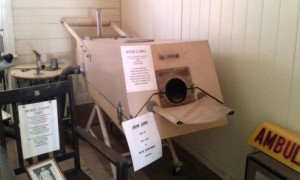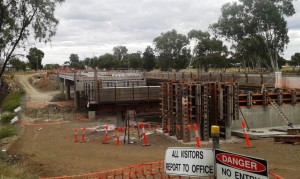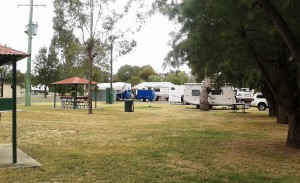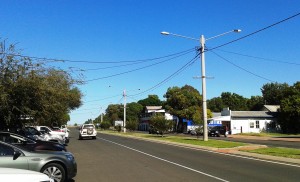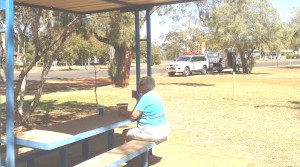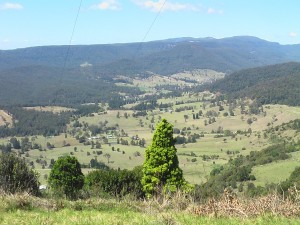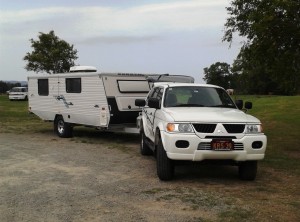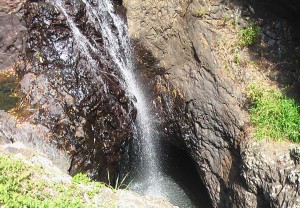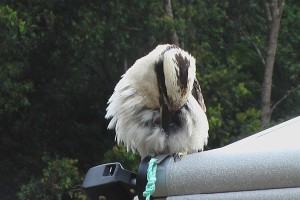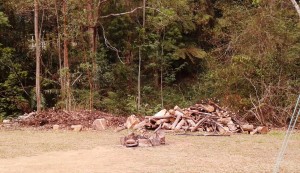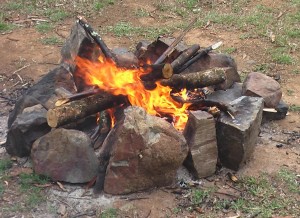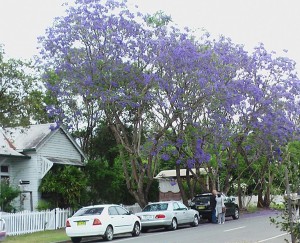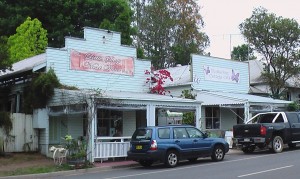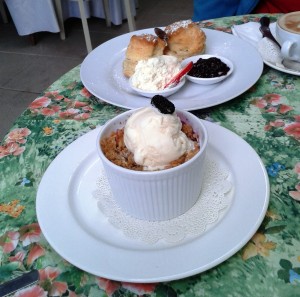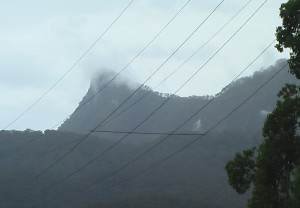Days 36 – 1st May – Stratford to Lakes Entrance – 90 Km
A short drive had us in the park at Lakes Entrance at lunch time despite having stopped at Bairnsdale to buy some warmer clothes. A bitterly cold wind was blowing from the south and totally negating any influence that the sun was having on the temperature. Two digits required to express the temperature, but only just. Other family members arrived mid afternoon so the catch up has commenced.
Days 37 to 40 – 2nd to 5th May – Lakes Entrance Area
A day by day description of these days would be like watching paint dry so I will comment only on the highlights.
On Friday (Day 39) the entire party of 6 joined a ferry cruise on the lakes. The objective of the cruise was lunch at the Metung Hotel but with sightseeing, accompanied by a commentary from the skipper, as a bonus. The entire event took about four hours and occurred under clear skies and sunshine. Thursday and Friday were both much better days that the day that we arrived, although the mornings were still very cold. If winter is not actually here it is not far away.
Metung is a small village on a point, or tongue of land that provides one shore of the channel into Lakes King and Victoria, when approaching from Lakes Entrance. Its status as a village is confirmed by the presence of a genuine village green. There are a few businesses. The housing is a mixture of luxury and humble but the overall effect is
an attractive one. The hotel is right on the water with its own jetty. We simply moored, disembarked and strolled in for lunch. I think this is how the rich do it!
On Saturday we took a lay day and on Sunday (Day 41) we embarked on a two car tour convoy. Quite coincidently Aileen and Colin had friends holidaying in Lakes Entrance, so we invited them to occupy two of the spare seats. We set roughly a triangular course. I like triangular courses. They mean that you don’t have to pass the same point twice.
Marlo, a small village at the mouth of the Snowy River, was the first destination. When we did our day trip out of Corryong we were near the source of the Snowy, so it was interesting to be standing on the bank watching it empty into the ocean. A bit further along the coast from here, to the east, is Cape Hicks, the first part of the Australian coast to be sighted by Lt. James Cook in 1772, but we didn’t drive that far.
The day was cold and cloudy, so the shop on the edge of town with a sign that promised hot coffee was irresistible. On a quiet Sunday seven for morning coffee was probably quite acceptable. To reach the coffee shop it was necessary to walk through a fishing tackle shop. There were no customers for bait while we were there but a few more came in for coffee.
On our way into town we had noticed a sign to a side road showing “PS Curlip”, so as we passed the sign on way back we turned in to see what it was all about. Moored in the Brodrib River, just upstream from its junction with the Snowy, was a paddle steamer of about 15 meters, fitted for passengers.
This is the second PS Curlip. Curlip I was a work boat in the area for many years but was lost in a flood in 1919. In about 2002 locals devised a plan to rebuild the Curlip, and this was done as a community project. The vessel now is used as a cruise boat. Had we been in the area for another week we could have boarded for a Mother’s Day Lunch Cruise. A diary entry for a future visit to the area is appropriate.
We had been told that there was nowhere to eat in Buchan, the next corner of the triangle, so we drove back to Orbost, the larger town in the area, for some lunch before taking on the narrow mountain road to Buchan. Fish and chips and the like seemed appropriate on such a day so we stopped off at Chooky’s Nook. Good food, if a bit fatty. Great chips!
Many years ago when I worked in the transport industry I had accounting responsibility for a transport operation that we had bought in the town. In those days Orbost was an important bean growing centre, producing hundreds of truck loads of beans for the snap frozen bean market. There is no sign of bean production now but the pastures are dotted with dairy cows.
Even more years ago, I explored much of this part of East Gippsland with a friend, each riding our own Vesper motor scooter. With sleeping bag, tent, clothes and food on the rack at the rear, or in a pack on our back, we travelled the area on long weekends and holidays. It was on one such trip that I first visited Buchan, travelling in from Nowa Nowa and departing along what is now known as the Barry Way, to the north.
So the road in from Orbost was a new experience. Along the 56 Km of this road forest and farm land alternate. On a couple of occasions we broke out of the bush on a hill top to be met by a picturesque valley complete with farm houses, sheds and autumn tintedtrees. The winding road meant that we were proceeding at a steady pace but that added to the charm of the drive. This part of the trip was the highlight of the day.Buchan is a rural centre but its main claim to fame is the limestone caves that are located near the small town. No one in our group was interested in tours of the caves but were keen to visit, or revisit, this quite unique place. The cave administration buildings, the day use area and small caravan park are on the bank of a stream and enclosed by steep hills on either side. The caves are in the hill side on the far side of the stream.
The area is sheltered by well established Australian natives interspersed by pines and more of the deciduous trees that are responsible for the autumn colours. It is a truly delightful spot. And it was sheltered from the cold wind!
The person who told us that there was nowhere to eat in Buchan badly maligned the town. A cafe and a road house both provide meals, but it was too soon after lunch to eat again so we continued on to the small town of Bruthen on the Great Alpine Road, where we invaded another small shop for tea and coffee, before making our way back to Lakes Entrance following the road that runs along the banks of the Tambo River to Swan Reach and from there back to base.
Day 41 – 6th May – Lakes Entrance to Ringwood North – 307 Km
We left Lakes Entrance in sunshine, experienced cloud and drizzle through the Latrobe Valley and finished in sunshine. We parked the van at the Wantirna Caravan Park, packed three days gear into a plastic bin and shopping bags and drove the remaining few kilometres to our friends place at Ringwood North.
Days 42 to 45 – 7th to 10th April – Ringwood North
Thelma and Joe have been friends for almost 50 years. Our families grew up together to a large extent and our youngest daughters remain in contact. We drank much tea and coffee and talked. These pleasant interludes were interspersed with some other activities. Ruth sustained a knee injury early in the trip and as it is still worrying her, she sought medical advice. We also went out to lunch one day. We returned to the van on Friday afternoon ready to depart Melbourne the next day.
Day 46 – 11th May – Ringwood North to Castlemaine – 149 Km
The first part of the journey was across the suburbs of Melbourne to the Calder Freeway. As we passed through the new suburbs that were country towns when we lived in Melbourne, we were once again reminded of the growth of this southern city. The Calder Freeway runs to Bendigo and passes by Mount Macedon and a sign to Hanging Rock that reminds of a very nice wine and a certain picnic.
We stopped off at Kyneton, now bypassed by the freeway, to top up supplies. Many historic buildings line the main street. I remember them from when the highway passed their doors. It was a very busy day. Kyneton has excellent markets, we are told. If the crowded streets are an indication they must be very good indeed. In the IGA supermarket I spied a familiar face from a TV program. I am still trying to fit a name to the face.
Days 46 – 12th May – Castlemaine
Keith and Lynda lived near us at bay side Edithvale where we lived before moving to Queensland. As often happens, Ruth met Lynda at school where our daughter Briony and their son Dean were in the same class. Keith and I were drawn together by a common love of sailing. I used to crew for him in various long distance races on sheltered waterways in Victoria. They now live in Castlemaine in alleged retirement. I say alleged retirement, having heard their activity schedule.
A quite day, but as it was Mothers’ Day and our 51st wedding anniversary we enjoyed lunch at Tog’s Place in Castlemaine. The town’s proximity to Bendigo has provided opportunities to entice citizens of that fair city to drive down and dine. Good eating places abound. We were very satisfied with the meal that we shared.

